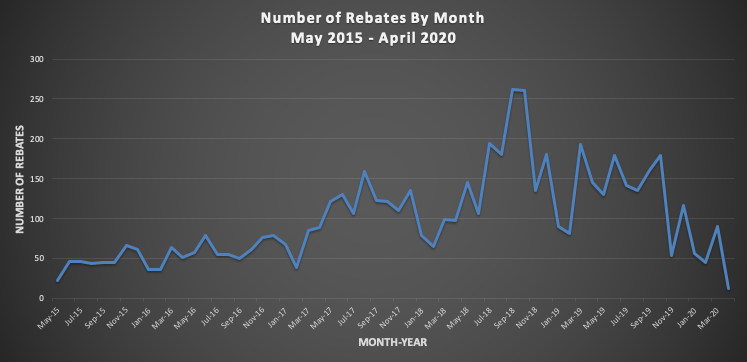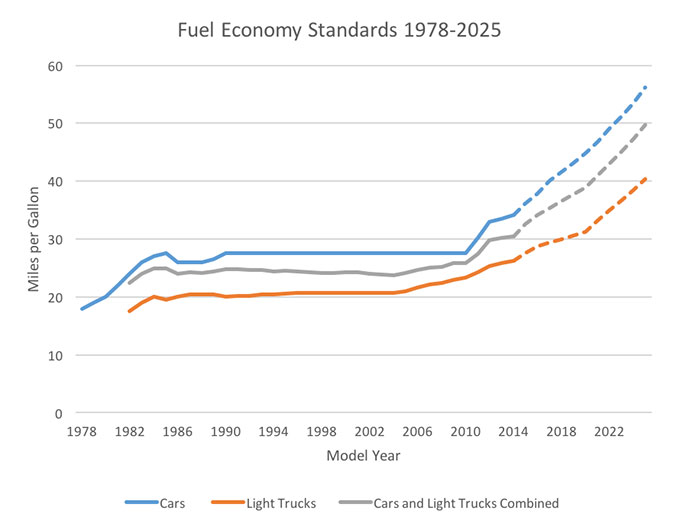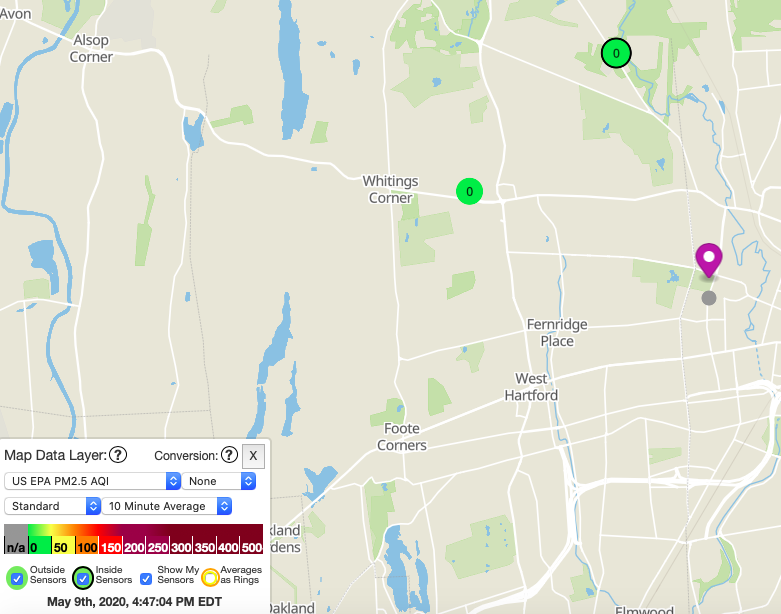CHEAPR Board Meeting Readout – Revised Incentive Proposal
The CHEAPR board virtually convened for their first meeting since late January to consider what the program should look like going forward. To briefly recap recent history, changes were made to the rebate parameters on … Read more









